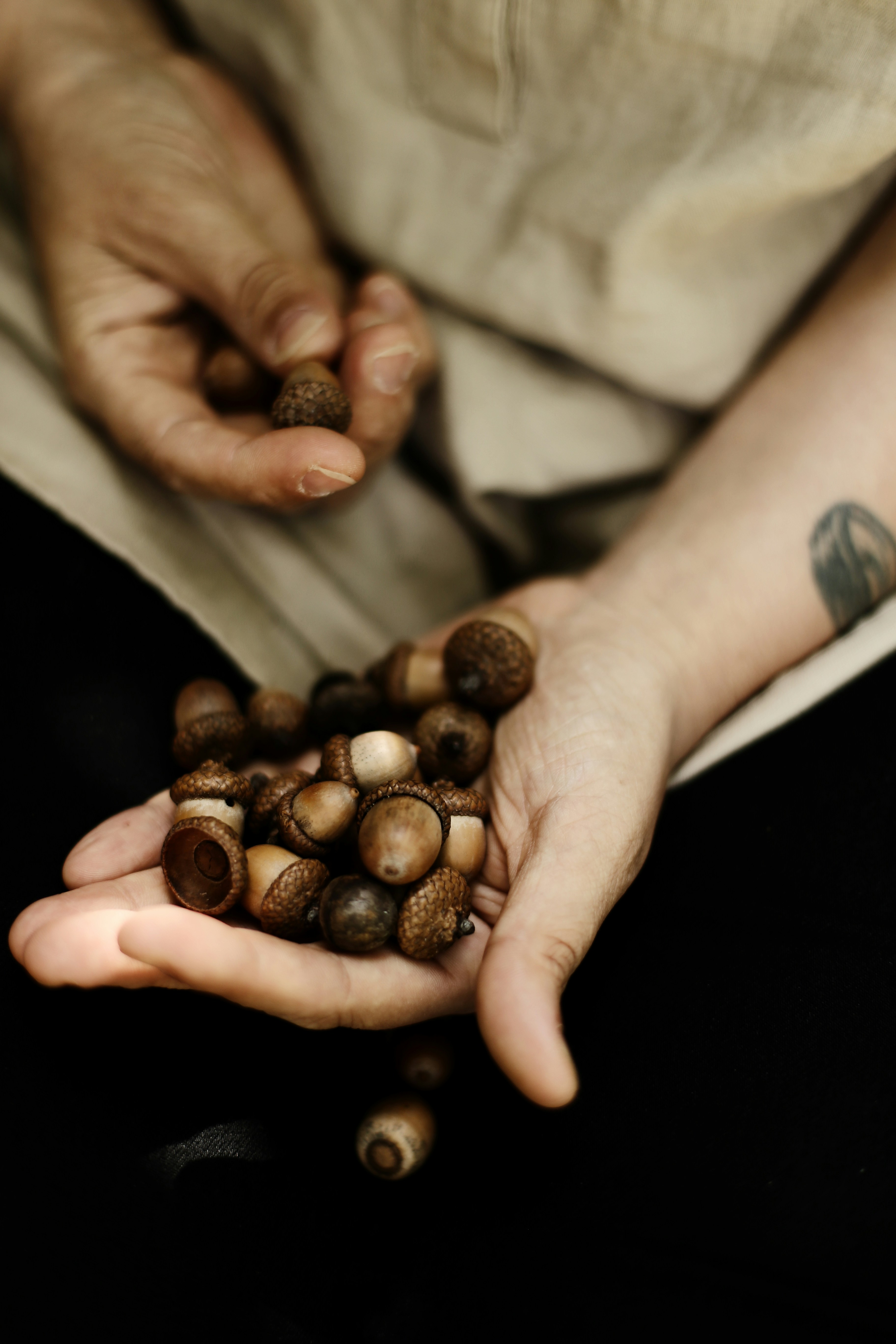
 The mesoderm or middle germ layer of the embryo will form the blood, coronary heart, kidney, muscles, and connective tissues. The ectoderm or outermost germ layer of the developing embryo kinds epidermis, the mind, and the nervous system. While every germ layer forms particular organs, in the 1820s, embryologist Heinz Christian Pander discovered that the germ layers can not type their respective organs with out the cellular interactions from other tissues. In humans, inside organs start to develop within 3-8 weeks after fertilization. The germ layers form organs by three processes: folds, splits, and condensation. Folds type within the germinal sheet of cells and often form an enclosed tube which you’ll be able to see in the event of vertebrates neural tube. Splits or pockets might type in the germinal sheet of cells forming vesicles or elongations. The lungs and glands of the organism may develop this way. A main step in organogenesis for chordates is the development of the notochord, which induces the formation of the neural plate, and in the end the neural tube in vertebrate growth.
The mesoderm or middle germ layer of the embryo will form the blood, coronary heart, kidney, muscles, and connective tissues. The ectoderm or outermost germ layer of the developing embryo kinds epidermis, the mind, and the nervous system. While every germ layer forms particular organs, in the 1820s, embryologist Heinz Christian Pander discovered that the germ layers can not type their respective organs with out the cellular interactions from other tissues. In humans, inside organs start to develop within 3-8 weeks after fertilization. The germ layers form organs by three processes: folds, splits, and condensation. Folds type within the germinal sheet of cells and often form an enclosed tube which you’ll be able to see in the event of vertebrates neural tube. Splits or pockets might type in the germinal sheet of cells forming vesicles or elongations. The lungs and glands of the organism may develop this way. A main step in organogenesis for chordates is the development of the notochord, which induces the formation of the neural plate, and in the end the neural tube in vertebrate growth.
The development of the neural tube will give rise to the brain and spinal cord. Vertebrates develop a neural crest that differentiates into many buildings, including bones, muscles, and components of the central nervous system. Differentiation of the ectoderm into the neural crest, neural tube, and surface ectoderm is generally referred to as neurulation and the embryo in this phase is the neurula. In plants, organogenesis occurs repeatedly and only stops when the plant dies. In the shoot, the shoot apical meristems regularly produce new lateral organs (leaves or flowers) and lateral branches. In the basis, new lateral roots form from weakly differentiated internal tissue (e.g. the xylem-pole pericycle within the model plant Arabidopsis thaliana). In vitro and in response to specific cocktails of hormones (primarily auxins and cytokinins), most plant tissues can de-differentiate and type a mass of dividing totipotent stem cells referred to as a callus. Organogenesis can then happen from these cells.
The kind of organ that’s formed depends upon the relative concentrations of the hormones in the medium. Plant organogenesis could be induced in tissue culture and used to regenerate plants. Arabidopsis thaliana, the thale cress, mouse-ear cress or arabidopsis, is a small flowering plant from the mustard household (Brassicaceae), native to Eurasia and Africa. Commonly found alongside the shoulders of roads and in disturbed land, it is generally thought-about a weed. Autocrine signaling is a type of cell signaling in which a cell secretes a hormone or chemical messenger (called the autocrine agent) that binds to autocrine receptors on that very same cell, leading to modifications in the cell. This may be contrasted with paracrine signaling, intracrine signaling, or classical endocrine signaling. Auxins (plural of auxin /ˈɔːksɪn/ ) are a class of plant hormones (or plant-development regulators) with some morphogen-like traits. Auxins play a cardinal position in coordination of many development and behavioral processes in plant life cycles and are essential for plant body growth.
“